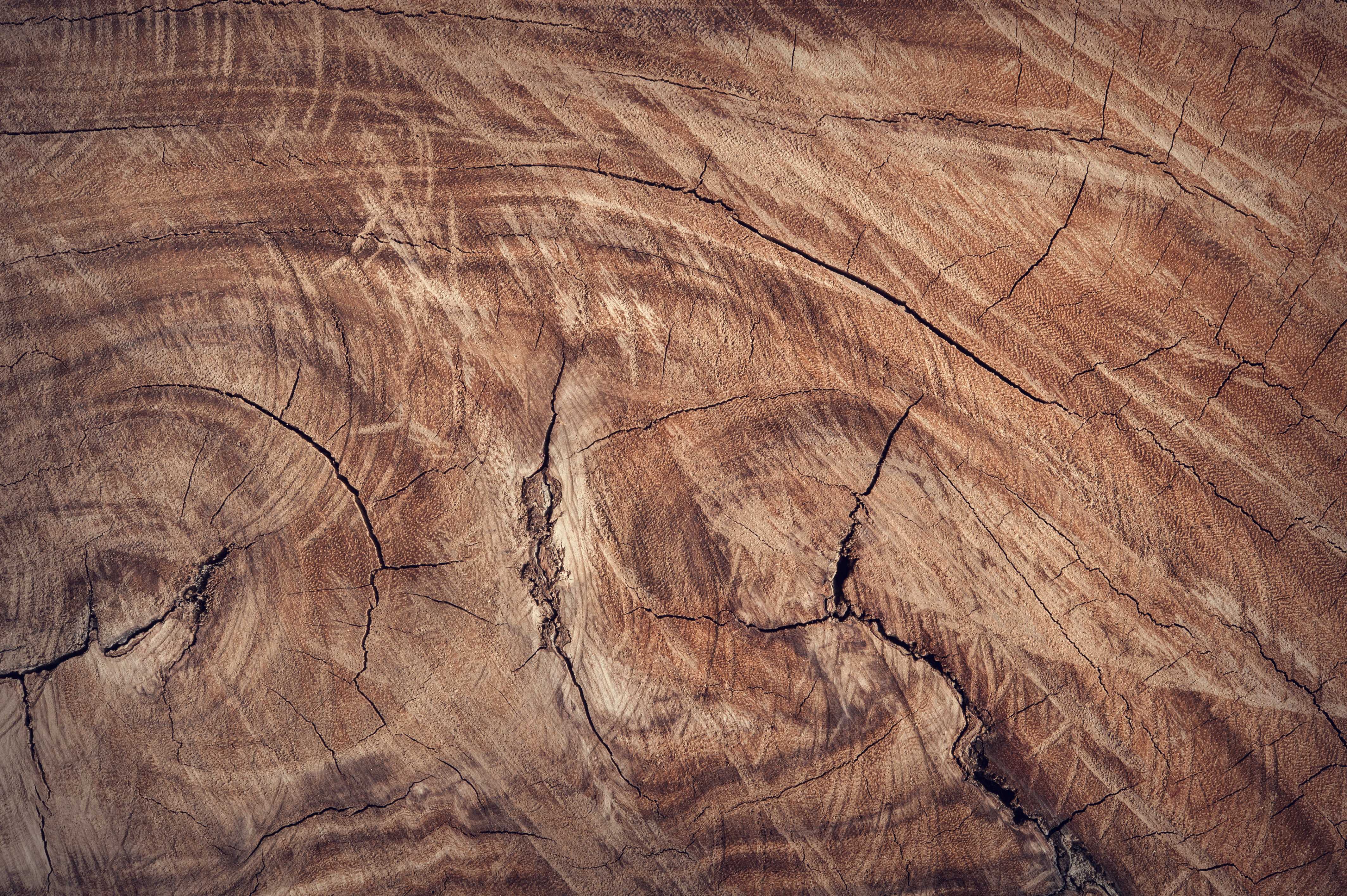Wood, an integral part of our lives, has served humanity for countless generations. From its versatility in construction to its aesthetic appeal in furniture and art, wood continues to inspire and fascinate us. In this blog post, we embark on a journey of discovery, exploring the intricate composition of wood and uncovering the scientific marvels that make it so unique.
Wood can be defined as a natural, fibrous, and porous material derived from the stems, branches, and roots of trees. It is a structural tissue that serves as the main support system for trees, allowing them to grow tall and withstand various environmental forces. Wood is composed primarily of cellulose, hemicellulose, and lignin, which provide strength, flexibility, and rigidity to the material.
With its unique cellular structure, wood exhibits a remarkable combination of properties. It is lightweight yet durable, making it suitable for a wide range of applications. Wood possesses excellent thermal and acoustic insulation properties, contributing to its use in building construction. It is also a renewable resource, with sustainable forestry practices ensuring its continued availability.
Wood, an integral part of our lives, has served humanity for countless generations. From its versatility in construction to its aesthetic appeal in furniture and art, wood continues to inspire and fascinate us. In this blog post, we embark on a journey of discovery, exploring the intricate composition of wood and uncovering the scientific marvels that make it so unique.
-
The Building Blocks: Cellulose, Hemicellulose, and Lignin
- Delve into the fundamental components of wood: cellulose, hemicellulose, and lignin.
- Explain the structure and functions of cellulose as the primary load-bearing element in wood.
- Explore the role of hemicellulose in bonding cellulose fibers and providing flexibility and strength.
- Shed light on lignin's significance as a rigid polymer, enhancing wood's structural integrity and resistance to decay.
-
Tree Species: The Diversity Within
- Highlight the remarkable diversity of tree species and their impact on wood characteristics.
- Discuss the properties and applications of popular wood species, such as oak, walnut, mahogany, and maple.
- Examine how variations in cell structure and chemical composition contribute to differences in color, density, and grain patterns.
-
Wood Extractives: Nature's Hidden Gems
- Explore the fascinating world of wood extractives, including resins, tannins, oils, and pigments.
- Discuss the role of extractives in wood's natural resistance to insects, fungi, and decay.
- Showcase unique wood species with distinct extractive properties and their cultural or historical significance.
-
From Forest to Workshop: Understanding Wood Processing
- Provide an overview of the wood processing journey, from sustainable forestry practices to lumber production.
- Discuss different sawing techniques and their impact on wood grain and quality.
- Explore the effects of drying, milling, and surface treatment on the final appearance and usability of wood.
-
Woodworking and Beyond: Celebrating Craftsmanship
- Showcase the artistry and skill of woodworking, highlighting traditional techniques and modern innovations.
- Feature renowned woodworkers and their contributions to the craft.
- Share inspiring woodworking projects and tutorials for beginners and enthusiasts alike.
Interesting facts about food:
-
Wood is one of the oldest materials used by humans, with evidence of wooden tools dating back over 2 million years.
-
The world's tallest living tree is a coast redwood named Hyperion, standing at an impressive height of 379.7 feet (115.7 meters).
-
Wood is a natural insulator, providing better thermal insulation than steel or aluminum. It helps regulate temperature and reduces energy consumption in buildings.
-
The growth rings visible in cross-sections of tree trunks can reveal information about the tree's age and environmental conditions during its lifetime.
-
Wood has natural acoustic properties, making it an excellent material for musical instruments like guitars, violins, and pianos.
-
The art of wood carving dates back thousands of years and has been practiced by cultures worldwide, resulting in intricate and beautiful sculptures and ornamental designs.
-
Wood has a lower carbon footprint compared to many other building materials. It stores carbon dioxide throughout its lifetime, reducing greenhouse gas emissions.
-
Some types of wood, such as cedar and cypress, contain natural oils that act as a deterrent to insects and decay, making them suitable for outdoor applications without the need for chemical treatments.
-
Wood has a unique ability to absorb and release moisture from the air, helping to regulate humidity levels and create a more comfortable indoor environment.
-
Wood can be bent and shaped using steam or heat, allowing for the creation of curved and intricate designs in furniture and architecture.
-
The annual growth rings in trees can sometimes reveal historical events like forest fires, volcanic eruptions, or even major climate events such as droughts or floods.
-
Wood has been used as a fuel source for cooking and heating for thousands of years, providing warmth and energy to civilizations throughout history.
-
Certain woods, like sandalwood and cedar, are highly valued for their pleasant and distinctive fragrances, often used in perfumes, incense, and aromatherapy.
-
Wood has been used as a writing surface in the form of wooden tablets, papyrus, and later, paper, which revolutionized the spread of knowledge and information.
-
Wood is biodegradable and can decompose naturally, returning nutrients to the soil and contributing to a healthier ecosystem.
Conclusion: Wood, with its intricate composition and natural beauty, continues to captivate our imagination. From its organic building blocks to the variety of tree species and the wonders of wood extractives, this remarkable material has much to offer. By understanding the science and craftsmanship behind wood, we gain a deeper appreciation for its versatility, sustainability, and timeless allure. So let us celebrate the wonders of wood, an enduring gift from nature that enriches our lives in countless ways.
Discover More
Most Viewed
Christmas is a season of joy, love, and traditions. And what better way to get into the holiday spirit than through timeless carols? These musical gems have been bringing people together for generations. Here’s our ranked list of the Top 10 Christmas Caro…
Read More

















